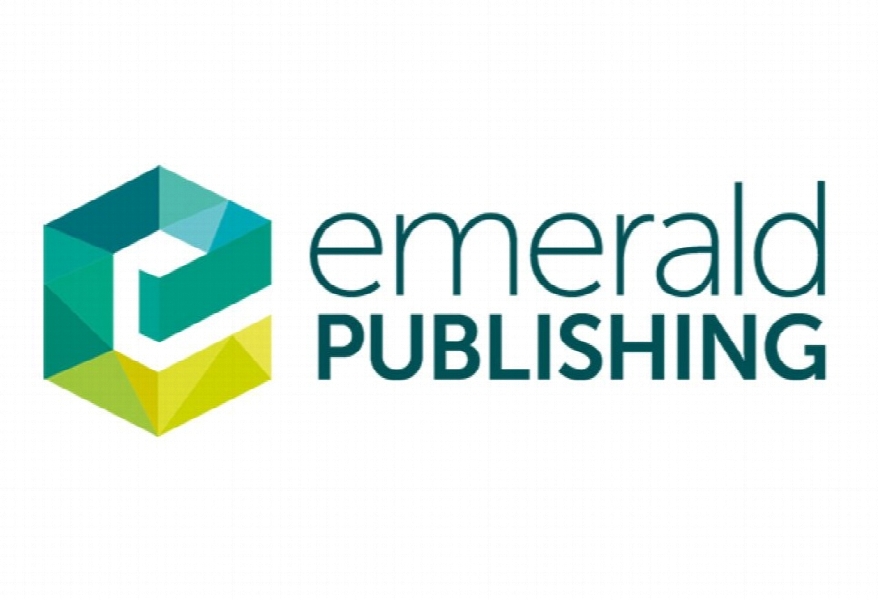نوآوری و تمرین حسابرسی مستمر Innovation and Practice of Continuous Auditing
- نوع فایل : کتاب
- زبان : انگلیسی
- ناشر : Emerald
- چاپ و سال / کشور: 2018
توضیحات
رشته های مرتبط حسابداری
گرایش های مرتبط حسابرسی
مجله حسابرسی مستمر – Continuous Auditing
دانشگاه Rutgers Business School – Rutgers University – One Washington Park – Newark – USA
منتشر شده در نشریه امرالد
کلمات کلیدی انگلیسی Continuous auditing; Traditional auditing; Innovation; Audit methodology; Audit process; Audit stages; Audit practice; Analytical procedures; Data modeling; Data analytics
گرایش های مرتبط حسابرسی
مجله حسابرسی مستمر – Continuous Auditing
دانشگاه Rutgers Business School – Rutgers University – One Washington Park – Newark – USA
منتشر شده در نشریه امرالد
کلمات کلیدی انگلیسی Continuous auditing; Traditional auditing; Innovation; Audit methodology; Audit process; Audit stages; Audit practice; Analytical procedures; Data modeling; Data analytics
Description
1. Introduction The objective of financial reporting is to provide information that is useful to management and stakeholders for resource allocation decisions (FASB, 2006). For financial information to be useful, it should be timely and free from material errors, omissions, and fraud. In the real time economy (Economist, 2002; Vasarhelyi et al., 2010), timely and reliable financial information is critical for day to day business decisions regarding strategic planning, raising capital, credit decisions, and supplier or vendor partnerships. Advances in accounting information systems such as the advent of enterprise resource planning (ERP) systems have enabled the generation of real time financial information. However, the practice of traditional auditing has not kept pace with the real time economy, and the state of the art of assurance has lagged. The lack of support for real time assurance may be primarily attributed to the manual nature of traditional audit procedures. Manual audit procedures are labor and time intensive. These constraints limit audit frequency to an annual occurrence. As a result, management and stakeholder reliance on real time financial information can lead to adverse resource allocation decisions. These time and effort constraints can be alleviated through the use of technology and automation. Reliance on technology throughout the audit process can reduce labor intensiveness (Elliott, 1998) and increase production efficiencies (Menon and Williams, 2001). Innovation of the traditional audit process using an automation technology such as continuous auditing (CA) will be an essential step toward the development of real time assurance. OECD (1997) defines a technological process innovation as the implementation of new or significantly improved production or delivery methods of goods or services. In the case of continuous auditing, the methodologies enhance the delivery of auditing services by making the audit process more efficient and effective through the use of technology and automation. The increased efficiency and effectiveness of the audit process enables more frequent or real time audits and hence enhances the reliability of real time financial information


